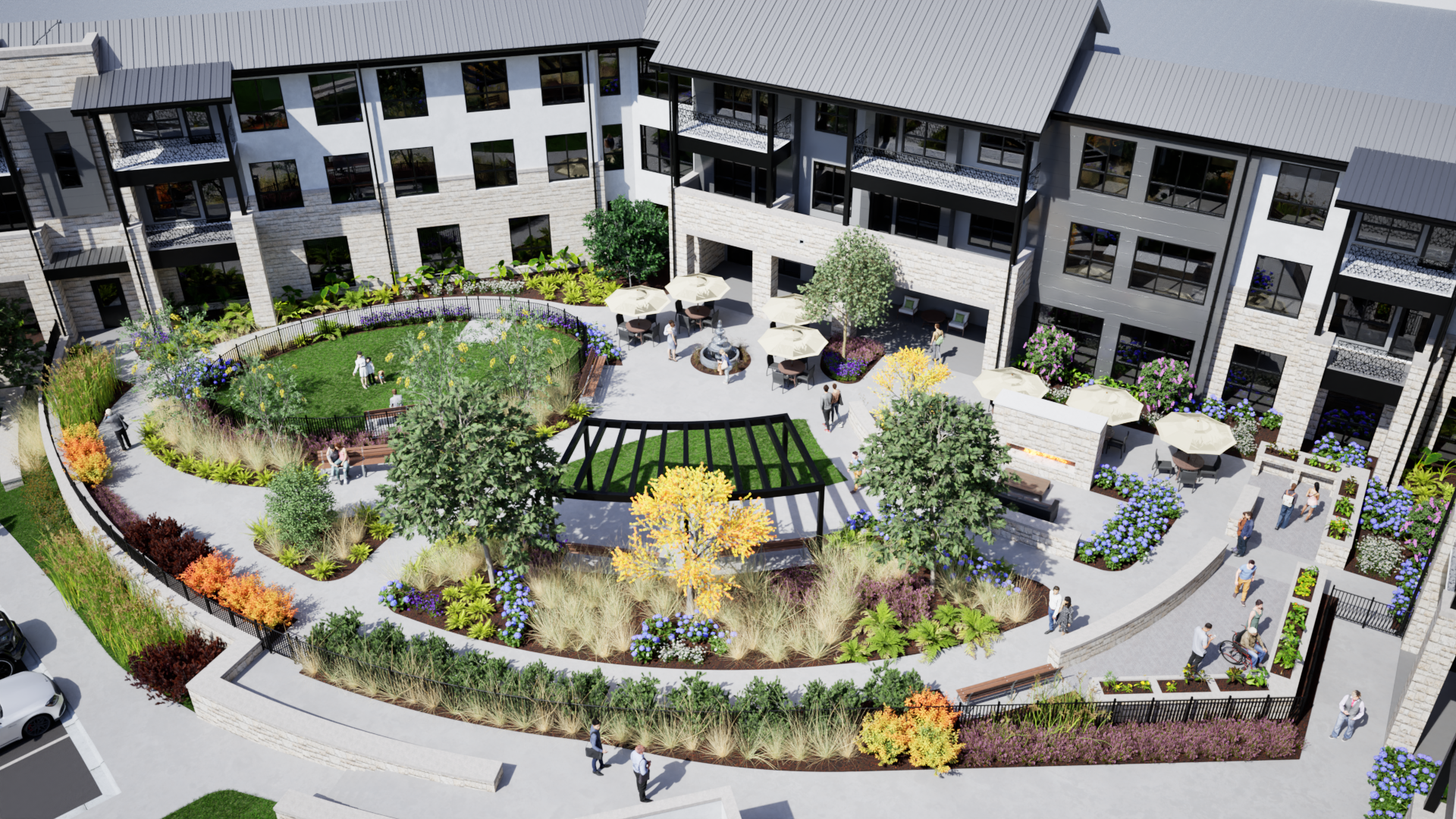AARP Paints a Picture of the Aging Population in the United States
A friend once told me about visiting the Jersey Shore as a kid and seeing huge old mansions converted into retirement homes. Every summer, there would be dozens of residents sitting in rocking chairs on the porch, taking in the sites of the bustling beach community. These people, she estimated, were between 60 and 80 years old for the most part. Today, the statistics show that people of this age are doing anything but sitting on the porch; and senior communities need more rock and roll than rocking chairs to appeal to residents.
A new report from AARP paints a picture of the aging population in this country:
In the next year, people 65 years old and older will be the fastest-growing group in the U.S. labor market. People in their 50s and 60s are becoming entrepreneurs at almost twice the rate of individuals in their 20s.
Today’s older adults are healthier, better educated, and living longer than prior generations. They often choose work over retirement. They say it keeps them active and alert and gives them a true sense of purpose. At the same time, many older adults report staying in the workforce or going back to work after retirement to make ends meet or afford a lifestyle.
Activism and volunteering for organizations and causes that they are passionate about also drive older adults. They cite a desire to give back, make a difference in their communities, and help people in need.
What This Means
Increasingly, seniors will be seeking communities where they can continue their work and their civic engagement. This means homes with space for an office, high-speed internet, and features such as conference/media rooms and onsite business centers. Their communities won’t just be their homes; they will be places where they conduct business, connect with colleagues, create, and build things, and entertain associates and clients.
Onsite libraries will be useful, but these don’t have to be limited to books. Libraries that lend tools, art supplies, and electronic devices will support residents’ business endeavors.
At the same time, seniors may want to live with others who share their passion for service, civic engagement, and volunteerism. They will need spaces for meetings and easy access to transportation to schools, churches, legislative offices, and advocacy organizations. Niche communities are gaining attention, and some older adults may want to live with others who share their social or political views as well.
The Challenge of Pulling Up Roots
Three-quarters of respondents to an AARP survey said they would like to remain in their home and community “for as long as possible.” At the same time:
62% said it’s extremely or very important to have affordable housing options.
61% said it’s extremely or very important to have special transportation services.
66% said it’s extremely or very important to have jobs adapted to meet the needs of people with disabilities.
59% said it’s extremely or very important to have a range of flexible job opportunities for older adults.
57% said it’s extremely or very important to have job training opportunities for older adults.
What This Means
That seniors say they don’t want to leave their homes presents a challenge for senior living communities. However, sometimes what they are saying is that selling a home, packing, moving, and dealing with years and years of memories and possessions is overwhelming. To overcome these concerns, communities can provide people with resources and support to make the move easier.
Community design needs to feel like home. For instance, seniors with large families may want to live in multi-family and intergenerational buildings. Even those without families don’t want to be isolated from people of other generations. In fact, intergenerational housing is growing in popularity. Characteristics of these communities include walkable and close to amenities and/or city centers, a variety of building types, buildings that fit in with the area around them, and design that encourages a sense of community within a building, neighborhood, or community.
Downsizing can be stressful for people. Communities with onsite storage units can enable seniors to keep some of their most treasured possessions while enjoying smaller homes.
With affordable housing a growing concern among seniors, housing with opportunities for shared spaces and roommates is growing. These arrangements should be designed to keep costs down, but shared spaces should include private places for everyone.
Roommates don’t have to be limited to other seniors. The trend towards younger people, such as students, living with seniors, is gaining traction. Bringing in students also can help address worker shortages in senior living. They can be provided with room and board in exchange for work and tasks around the community.
Contact us here or call us at 512-231-1910.










